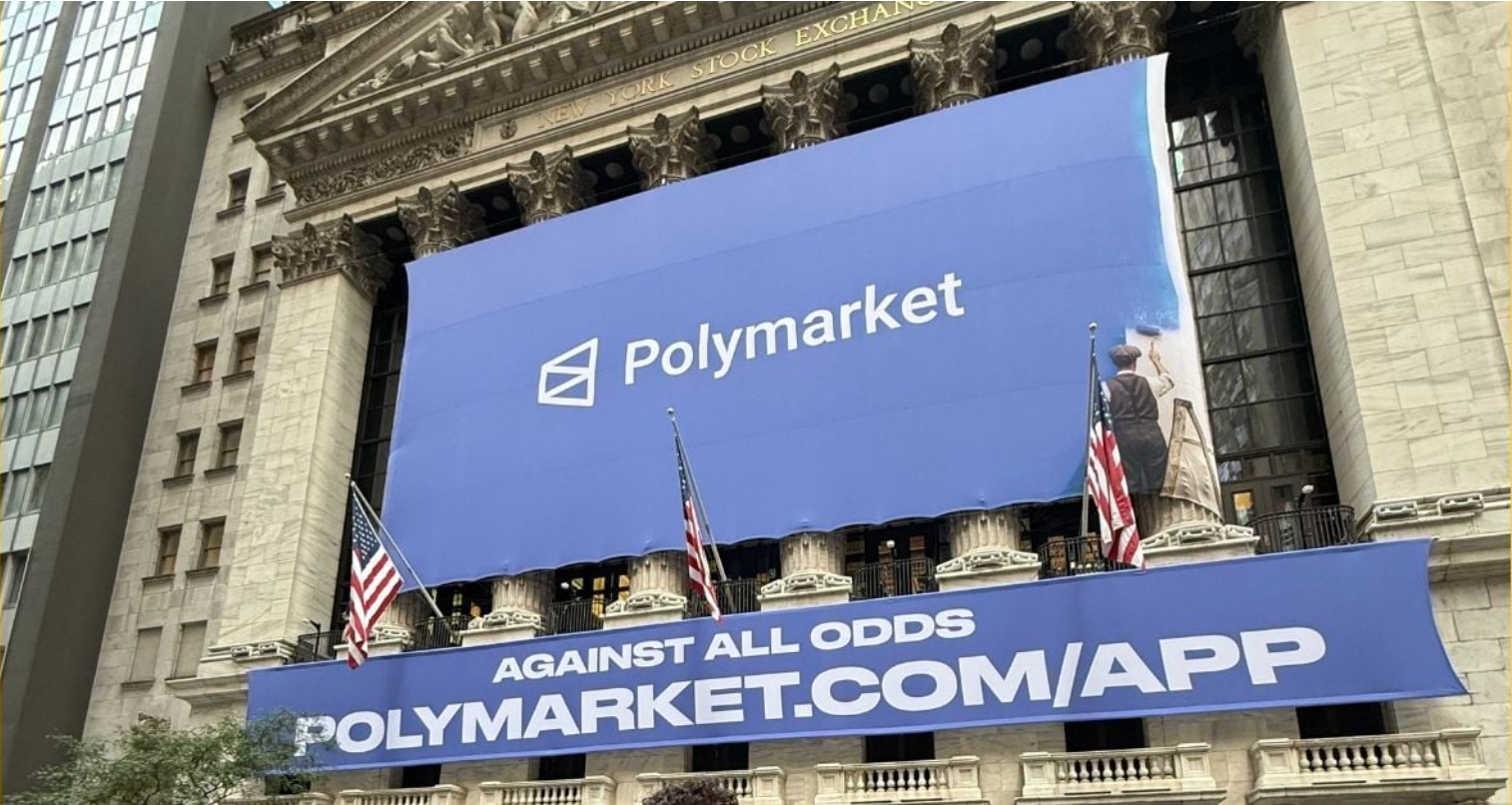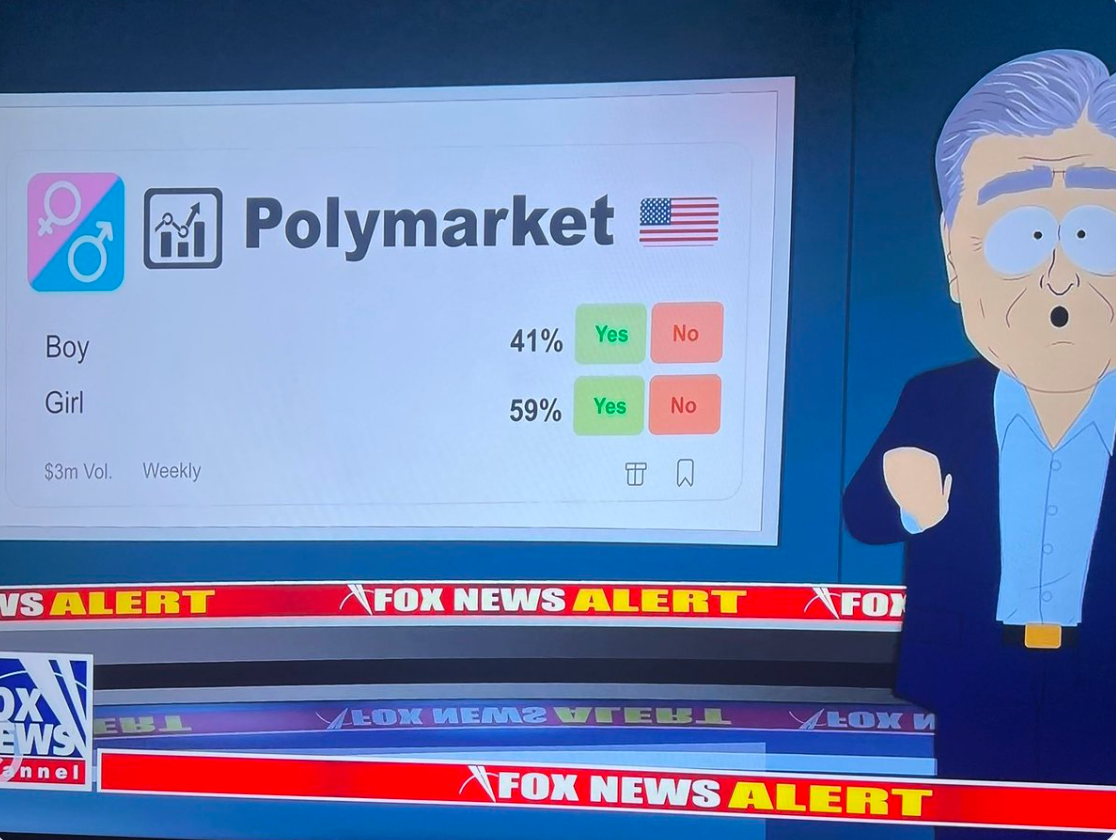In a move that sent shockwaves through both Wall Street and crypto, Intercontinental Exchange (ICE) the parent company of the New York Stock Exchange announced a $2 billion investment in Polymarket, valuing the crypto-native prediction market at $9 billion (1)
This wasn’t just another venture round. It was a defining moment proof that prediction markets have evolved into a legitimate financial frontier. Once dismissed as speculative novelties, these platforms are now being recognized for what they truly are: crowd-sourced engines of foresight.
At their core, prediction markets allow users to buy and sell contracts based on the outcome of real-world events transforming collective belief into market-driven probabilities. In 2025, what began as bets on elections has matured into a sophisticated forecasting ecosystem. From policy shifts to AI breakthroughs, Kalshi and Polymarket now stand at the intersection of finance, data, and decentralization reshaping how the world anticipates world events and uncertainty.
What Are Prediction Markets?
Prediction markets function like stock exchanges for future events. Participants trade simple “Yes” or “No” contracts that settle based on whether an outcome occurs. For example, a contract on “Will the Fed cut rates in Q4 2025?” might trade at $0.62 implying a 62% probability of a rate cut, as assessed by the market’s collective intelligence.
The concept isn’t new. It originated with the Iowa Electronic Markets in the 1980s, a university experiment that consistently outperformed expert forecasts (2). But the real acceleration came post-2020, when blockchain technology enabled global, permissionless access to prediction markets using stablecoins like USDC.
Why do these markets matter? Because, time and again, they’ve proven remarkably accurate. Academic studies have found that aggregated prediction markets can outperform traditional polls by 10–20%, thanks to “skin in the game” participants profit from truth, not narrative (3).
Beyond political forecasts, prediction markets now serve broader economic and commercial purposes:
- Information efficiency: Prices quickly adjust to new data, providing real-time insights.
- Transparency: On-chain markets offer open verification of odds and outcomes.
- New Source of Truth: Anyone can look at the live odds for a given market as a general indicator for the probability of it occurring instead of relying on traditional news outlets.
Of course, risks remain. Volatility, market manipulation, and uneven regulation have all tested the space. But as oversight matures and institutional participation rises, prediction markets are shifting from speculative experiments to mainstream financial infrastructure.
Spotlight on Polymarket: The Crypto Powerhouse

Founded in 2020 by Shayne Coplan, Polymarket quickly became the flagship of decentralized prediction markets. Built on Polygon, it allows anyone, anywhere, to trade outcome-based markets using USDC. No bank accounts or brokers are required to trade.
The platform exploded during the 2024 U.S. election cycle, where markets on swing states and candidate odds drew billions in trading volume, and the crowd’s predictions beat most pollsters.
In 2025, Polymarket’s momentum hasn’t slowed. Last month's trading volume topped over $1.5 Billion, with activity spilling into AI, sports, and crypto markets. Users now wager on everything from OpenAI’s next model release to the outcome of major sports championships, often turning the site into a real-time sentiment barometer.

Now comes the headline deal: ICE’s $2 billion investment, valuing Polymarket at $9 billion. For the first time, a Wall Street titan officially backed a blockchain-native prediction market, sparking speculation about future integrations with NYSE data feeds or regulated hybrid markets (4).
Despite its growth, Polymarket isn’t without friction. It remains restricted to non-U.S. users due to CFTC regulations, and scrutiny over certain market topics continues. But its success has proven one thing: crypto prediction markets aren’t just surviving regulatory pressure; they’re thriving despite it.

In September Kalshi saw a massive rise in market share vs Polymarket
If Polymarket is crypto’s free-market pioneer, Kalshi is its regulated mirror image. Founded in 2021 by Tarek Mansour and Luana Lopes Lara, Kalshi became the first CFTC-regulated event contract exchange in the U.S., allowing users to legally trade on outcomes ranging from inflation data to election timelines using fiat, not crypto.
Kalshi’s precision and compliance have made it the go-to for hedge funds, analysts, and institutional traders. Its clean UI, bank integrations, and rigorous oversight have turned it into a Bloomberg terminal for probabilities.
2025 has been a banner year (5):
- $185 million Series C in July, valuing the company at $2 billion.
- $1.3 billion in September trade volume, briefly surpassing Polymarket.
- Over 62% U.S. market share during mid-month trading spikes.
Kalshi’s most notable markets have tackled real-world policy drama such as a 35% probability of a prolonged 2025 U.S. government shutdown, which drew over $200,000 in trades and caught media and policymaker attention alike (6).
While Kalshi’s global expansion is limited by regulation, its U.S. compliance advantage is immense. As institutions seek legal exposure to event-based forecasts, Kalshi is perfectly positioned as the regulated bridge between Wall Street and retail users.
Major Developments Shaping Prediction Markets in 2025

Prediction markets surge in 2025 can be traced to four converging catalysts:
- Post-Election Boom – The 2024 election cycle proved their accuracy, with both Kalshi and Polymarket outperforming polling averages and driving a 300% spike in user adoption (7).
- Investor Frenzy – Beyond ICE’s megadeal, total sector funding surpassed $500 million YTD, underscoring VC confidence in prediction markets as data platforms, not gambling apps (8).
- Regulatory Momentum – The September CFTC-SEC roundtable, featuring Kalshi and Polymarket CEOs, advanced frameworks for broader contract categories—from climate events to corporate earnings.
- New Frontiers – AI integration is enabling automated market creation, and sports partnerships hint at crossover with mainstream betting ecosystems. Meanwhile, macroeconomic prediction contracts are now cited alongside traditional surveys in financial media.
The rivalry between Polymarket’s borderless agility and Kalshi’s regulatory fortress has created the perfect tension fueling innovation and hinting at future hybrid models that could unify fiat and crypto liquidity pools.
2025 marks the inflection point for prediction markets. Polymarket’s $9 billion valuation and Kalshi’s volume dominance illustrate not competition, but convergence of crypto-native innovation with regulated financial discipline.
What began as wagers on political outcomes has become a new data class for the digital age markets that don’t just predict the future, but inform it.
As ICE’s monumental investment shows, the world is finally betting on the forecasters themselves. In an era defined by uncertainty, prediction markets stand as something rare: markets of possibility where truth has a price, and the crowd, not the pundit, calls the odds.
Recourses
- New York Stock Exchange parent company invests $2 billion in Polymarket at $9 billion valuation
- Iowa electronic markets
- Prediction Markets
- NYSE Parent Drops $2 Billion on Prediction Market Polymarket
- Big Money Behind Prediction Sites: A Gamble or a Winner?
- Kalshi, Polymarket CEOs hardly address prediction markets at SEC-CFTC roundtable
- Investors are betting big on ‘prediction markets’ Kalshi and Polymarket—will the gamble pay off?
- Big Money Behind Prediction Sites: A Gamble or a Winner?
The information provided in the blog posts on this platform is for educational purposes only. It is not intended to be financial advice or a recommendation to buy, sell, or hold any cryptocurrency. Always do your own research and consult with a professional financial advisor before making any investment decisions. Cryptocurrency investments carry a high degree of risk, including the risk of total loss. The blog posts on this platform are not investment advice and do not guarantee any returns. Any action you take based on the information on our platform is strictly at your own risk. The content of our blog posts reflects the authors’ opinions based on their personal experiences and research. However, the rapidly changing and volatile nature of the cryptocurrency market means that the information and opinions presented may quickly become outdated or irrelevant. Always verify the current state of the market before making any decisions.



.png)

.png)
.png)




